Good Low- Glycemic Foods That You Can Try
There is a wide variety of low glycemic foods that people can try when they want to follow a low-glycemic diet. This style of diet is usually followed by people who are trying to reduce weight & blood sugar levels, thereby keeping their heart healthy and hearty at all times. This is because following a low glycemic diet helps in weight loss, in reducing blood sugar levels, and also in reducing the risk to many heart diseases and type II diabetes.
Related Reading:
Lose Weight In 7 Days: An Extreme Weight Loss Diet
How To Lose Weight Naturally| 6 Natural Weight Loss Tips That Always Work
Top 10 Diets To Lose Weight: Best Diets You Can Follow For Quick Weight Loss
There are lots of low glycemic foods that can be bought easily in any general food store. These are mostly common food items that most people use in their day to day life.
Some of the best low-glycemic foods are discussed below.
1. Oats
Oats are one of the foods that fall in the low-glycemic index. It has a glycemic index score of 55. Steel-cut and rolled oats are the best kinds of oats, as they have the lowest glycemic level among all other types of oats. The processed oats tend to have a higher glycemic index score than the rolled oats and steel-cut oats.
Oats can be made into porridge and consumed. This is very easy to make and needs only two ingredients. One is oats, and the other one is milk. Mix oats and milk and let it boil for some time until it becomes a thick consistency. This thick consistency is due to the oats absorbing all the water content.
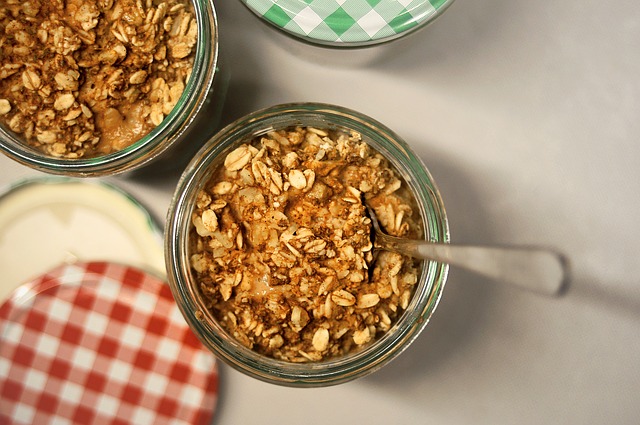
Related Reading:
Benefits Of Oats| Health, Skin & Hair Benefits| Side-Effects| Recipes
How To Eat Oats: 7 Best Ways To Eat Oats
Types Of Oats: Steel Cut and Rolled Oats| What’s The Difference?
2. Milk
Milk has a low-glycemic index score. It has a glycemic index score of 37 to 39. As you can see, milk has a glycemic index score less than that of the oats, which makes it a healthier food than oats. Milk has a lot of nutrients in it; it is rich in calcium, which makes it the best choice for you if you are looking for foods for healthy & strong bones.
Milk, when consumed regularly, can also help in reducing the probability of knee osteoarthritis in women. Milk can be incorporated into a person’s diet very easily. They can either be consumed for breakfast in the form of an addition to smoothie or porridge or can be consumed after dinner.
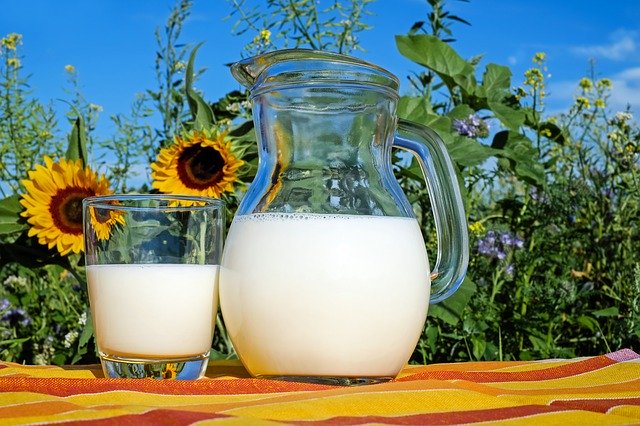
3. Lentils
Lentils have a low glycemic index score of 32. There are different types of lentils, and they can be consumed in different parts of the day. This way, you will not get bored even when you consume lentils regularly. Lentils are usually consumed for lunch or dinner. Dal is an excellent accompaniment to Indian breads and rice.
Dals are very tasty & delicious and have a very rich flavor to them. They are made throughout India, in different ways and using a variety of spices and temperings. Thanks to their thick texture and excellent taste, dal is one of the most liked dishes by people of all ages.
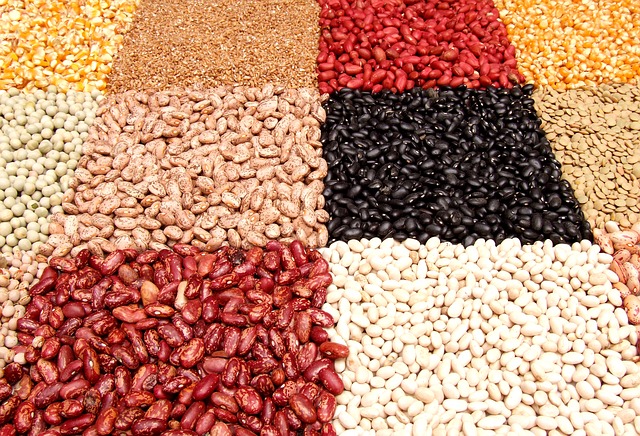
Related Reading:
4. Kidney Beans
Kidney beans have a very low glycemic index score of 24. These beans are very versatile pulses that can be cooked in various ways. They can be steamed and boiled before they are added to salads. They are also used to make burritos, which are loved by a lot of people. Kidney beans are one of the ingredients that are used in a lot of meat-based chili and vegetarian chili dishes.
Kidney beans are low-glycemic foods that have a lot of protein content and fiber content in them. They also contain a small bit of potassium. They have a very low-fat content. So, they are one of the healthiest beans that you can consume, especially if you are looking for a diet that comprises of low-glycemic index foods only. The kidney beans help in regulating your blood sugar level, lowering good cholesterol levels and boosting immunity.
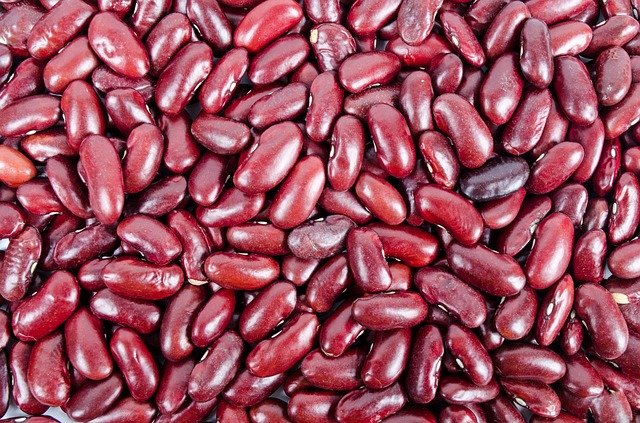
Kidney beans help in regulating your blood sugar level and lowering good cholesterol levels.
5. Carrots
Carrots have a low glycemic index score of 39 only. They are one of the vegetables that are used for preparing almost all types of cuisine. They can be made into carrot pudding to prepare a thick & creamy dessert. They can also be blended well to prepare a tasty & healthy soup. If you are looking to prepare the main course, you can incorporate carrots into rice and curries too. This makes carrots one of the most versatile vegetables that you can ever find.
They can also be used as a substitute for bread and can be used to dip into hummus. They have a component called beta-carotene, which helps in improving your vision and the overall health of your eyes. Carrots are also rich in antioxidants, which help in correcting the damaged cells. Carrots can be eaten without going through any cooking or baking or steaming process because of their natural flavorful taste.
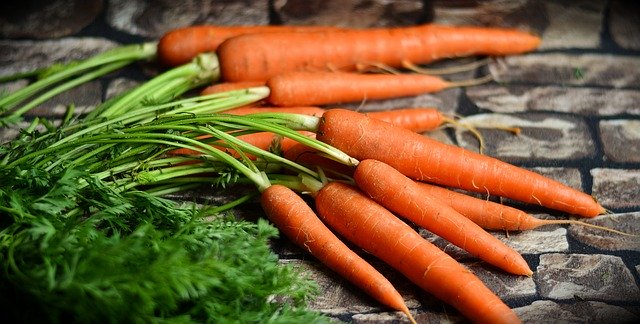
6. Chickpeas
Chickpeas are excellent choices if you are looking for foods with a low-glycemic index score. The glycemic index score of chickpeas is only 28. Chickpeas are also known as garbanzo beans and can be consumed in many forms. One of the most loved chickpea-based dishes is hummus. It is used as a dip for a lot of things and is loved because of its unique flavor and texture.
They can also be made into snacks by roasting them. The spicy, roasted chickpeas are clear winners on any dining table. People of all ages love it because of its crispy and crunchy texture. Chickpeas are also a great substitute for white rice and potatoes. Chickpeas are rich in calcium, potassium and vitamin B9.
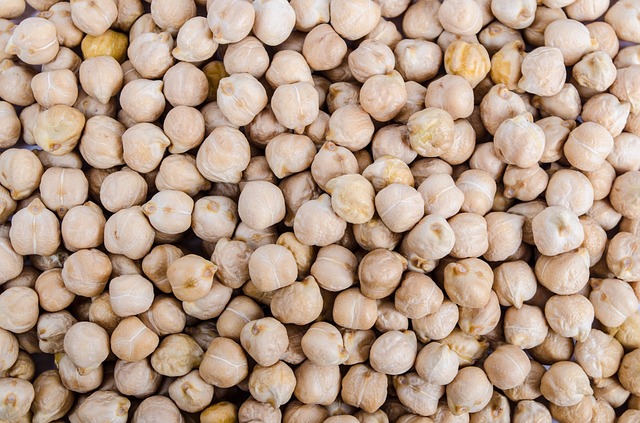
Related Reading:
Top 10 Benefits Of A Protein-Rich Diet
Protein Rich Foods: Benefits, Side-Effects And Easy Dishes To Eat Everyday
Protein Rich Food For An Indian-Vegetarian Diet: 10 Food Items Rich In Protein +Recipes
Points To Remember While Going For A Low Glycemic Diet
One of the major and catastrophic drawbacks of a low -glycemic food is that its health quotient depends on a lot of factors such as ripening of the fruit and vegetables. A raw fruit may have a lesser glycemic index score, and a ripe fruit may have a higher glycemic index score. This variation in scores may make it impossible to accurately find the glycemic index score of a particular food item.
Some believe that the glycemic index is a flawed measure because it takes into account only the carbohydrates and glucose as factors for change in blood sugar levels. In reality, blood sugar levels may be high/or low due to a lot of reasons.
The glycemic score is purely based on the reaction of food for a period of two hours from consumption and does not take into account the period after the two hours.
References
https://www.medicalnewstoday.com/articles/324871.php#oats
https://www.healthline.com/nutrition/low-glycemic-diet
Frequently Asked Questions
Here we have answered most asked FAQs about Glycemic Index.
1. Are all sugars high on Glycemic Index and all starches low Glycemic Index?
It is a common misunderstanding that all sugars have a high Glycemic Index and all starches have a low Glycemic Index. In fact, most sugar-containing foods do not have a high Glycemic Index. Low Glycemic Index examples include most fresh, dried and canned fruits, reduced and low fat milks, flavoured milk drinks and yoghurts. On the other hand, many starchy foods have a high Glycemic Index including white flour and white flour breads, potatoes, Jasmine rice, rice crackers, low-fat popcorn and many crunchy breakfast cereals (puffed rice, flaked corn and wheat).
2. What are the benefits of a low Glycemic Index diet?
A low Glycemic Index diet is a simple and effective way to:
Reduce the risk of:
- Developing Type 2 Diabetes
- Complications related to diabetes
- Heart disease
- Improve physical and mental performance
- Reduce the risk of breast cancer
- Improve pregnancy outcomes
You do not have to make a dramatic change when adopting the Glycemic Index diet. It can be simply achieved by swapping at least one high Glycemic Index food for a low Glycemic Index food at every meal.
3. How is the Glycemic Index of a food tested?
Glycemic Index values of foods is measured using valid scientific methods. It cannot be guessed by looking at the composition of the food or the nutrition information panel on food packaging.
Following the international standard method, the Glycemic Index value of a food is determined by feeding 10 or more healthy people a portion of the food containing 50 grams of digestible carbohydrate and then measuring the effect on their blood glucose levels over the next two hours.
- For each person, the area under their two-hour blood glucose response for this food is then measured.
- On another occasion, the same 10 people consume an equal-carbohydrate portion of the sugar glucose and their two-hour blood glucose response is also measured.
- A Glycemic Index value for the test food is then calculated for each person by dividing their glucose response for the test food by their glucose response for the reference food.
- The final Glycemic Index value for the test food is the average Glycemic Index value for the 10 people.
- Foods with a high Glycemic Index score contain rapidly digested carbohydrate, which produces a large rapid rise and fall in the level of blood glucose. In contrast, foods with a low Glycemic Index score contain slowly digested carbohydrate, which produces a gradual, relatively low rise in the level of blood glucose.
4. Does the Glycemic Index increase with serving size? If I eat twice as much, does the Glycemic Index double?
The Glycemic Index always remains the same, even if you double the amount of carbohydrate in your meal. This is because the Glycemic Index is a relative ranking of foods containing the same amount of carbohydrate. But if you double the amount of food you eat, you should expect to see a higher blood glucose response, that is, your glucose levels will reach a higher peak and take longer to return to baseline compared with a smaller serve.
5. How relevant is the Glycemic Index for athletes?
The Glycemic Index can be a useful tool to help athletes select the right type of carbohydrates to consume both before and after exercise. Studies have consistently reported that a low Glycemic Index pre-exercise meal results in a better maintenance of blood glucose concentrations during exercise and a higher rate of fat oxidation. This is likely to result in reduced muscle glycogen utilisation during prolonged exercise and consequently improved endurance performance.
Eating high Glycemic Index meals before exercise may result in plasma glucose concentrations peaking before the onset of exercise and then hypoglycaemia occurring within the first 30 minutes of the exercise period. There is little data available on the effect of the Glycemic Index of carbohydrates eaten before intermittent, power or strength related sports.





